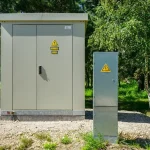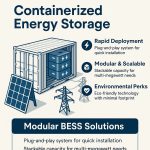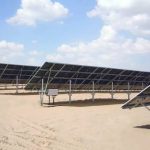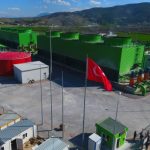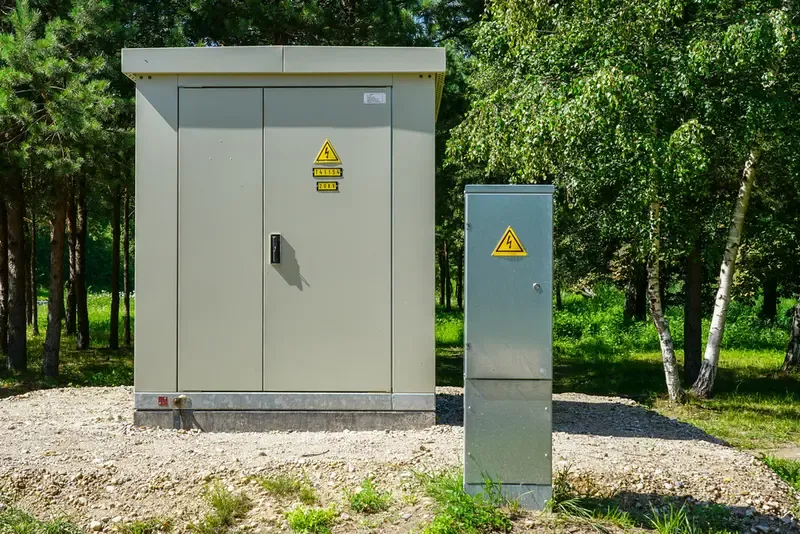Outdoor environments are harsh—sun, rain, dust, heat and cold extremes. When you place energy equipment outdoors, you need a strong enclosure. That’s where an outdoor equipment cabinet (also referred to as an energy storage cabinet or outdoor battery cabinet) comes in. Outdoor equipment cabinets hold batteries, inverters, control hardware, and protection systems, sheltering them from the weather and helping them work effectively.
In the first few paragraphs we’ve already hit the core value: protection, reliability, and adaptability. Below we’ll dig deeper into the benefits, real examples, and how to choose one wisely.
What Exactly Is an Outdoor Equipment Cabinet?
At its core, an outdoor equipment cabinet is a weatherproof, electrically rated enclosure designed to house and protect power components—especially in off-grid, microgrid, telecom, or renewable energy setups. It typically includes:
- Structural shell (aluminum or steel, corrosion-resistant)
- Seals and ventilation (IP / NEMA rated)
- Mounting trays or racks for batteries, inverters, and control modules
- Access doors, cable entries, and safety systems
Because it is custom-designed, it performs much better than off-the-shelf shelters or weather boxes.
Primary Outdoor Equipment Cabinet Benefits
- Weather and Environmental Hazard Protection
Outdoor equipment cabinets are designed to withstand dust, water, UV radiation, insects, and wind. Numerous IP55-rated or better cabinets protect interior components from direct exposure. This protective envelope is designed to allow sensitive power electronics and battery modules to reliably continue functioning.
- Thermal Management and Performance Stability
Batteries, inverters, and power electronics are subject to temperature cycling. The outdoor battery enclosures typically incorporate ventilation, insulation, or active cooling provisions to provide proper operating temperature conditions. This improves component life as well as stabilizes performance, especially in severe climates.
- Safety & Fire Mitigation
With the increasing installation of battery energy storage systems (BESS), safety standards are also strengthening. The NFPA 855 standard provides requirements for the installation of energy storage, e.g., fire detection, suppression, and explosion control in certain configurations.
Thus, outdoor enclosures constructed to the terms of these codes will be capable of accommodating hazards better than makeshift installations. Certain installations utilize enclosures constructed to include deflagration vents or suppression units to comply with safety standards.
- Modularity, Scalability & Simpler Deployment
Most outdoor cabinets are modular too—that is, they will have space for additional battery racks, inverter modules, or control units in the future without needing to re-engineer the entire system.
This kind of flexibility is especially appropriate to time-evolving projects like solar-plus-storage additions, telecom base station upgrades, or microgrid expansion.For example, HuiJue’s HJ-G215-418L is a modular, commercial-grade outdoor energy storage cabinet designed for expandable installations.
- Cleaner Indoor Space & Reduced Site Intrusion
Rather than occupying indoor real estate with battery rooms or electronics, you can have these systems outside with outdoor cabinets. That removes the heat, the noise, and the hazard from indoor locations like offices, control rooms, or data centers.

How to Choose the Right Outdoor Equipment Cabinet
When making comparisons, keep the following in mind:
| Specification | Importance |
| IP / NEMA Rating | Determines how tightly it seals against dust and water intrusion |
| Material & Finish | Corrosion resistance, UV stability, structural strength |
| Thermal Design | Ventilation or cooling suited to your climate |
| Safety & Fire Systems | Conformity to NFPA 855, UL/EN codes, explosion vents or suppression |
| Modularity / Expandability | Ability to expand system capacity without full redesign |
| Access & Maintenance | Door configuration, panels, wiring pathways for service |
It’s a common question: “Can we skip fire suppression if the cabinet is not walk-in?” Under NFPA 855, if an enclosure is not walk-in, suppression may not be necessary—but fire detection or other mitigations probably still are.
Real-World Applications & Examples
- Commercial & Industrial Storage: HJ-G215-418L cabinet has been utilized in commercial and industrial settings to offer outdoor, expandable energy storage with protection built in and modular expansion.
- Standards of Practice: Several U.S. jurisdictions already require BESS installations to meet NFPA 855, with permit conditions being tied to such compliance for fire protection and spacing. For example, Texas fire authorities reference NFPA 70 and NFPA 855 in their permit regulations for BESS.
- Utility & Grid Connected Projects:Outdoor equipment cabinet installations in solar farms and grid-edge storage have improved uptime by protecting against weather, reducing failure due to temperature stress, and simplifying maintenance.
Outdoor equipment cabinets are not boxes by any means—they are they are designed systems that unify protection, safety, modularity, and performance in actual use. For the fields of renewables, telecom, industry, or next-generation infrastructure, they are an indispensable component in bringing power systems closer to nature.
Would you like me to create an infographic or comparison table showing “Outdoor Cabinet vs Indoor Battery Room” to enhance this article?

